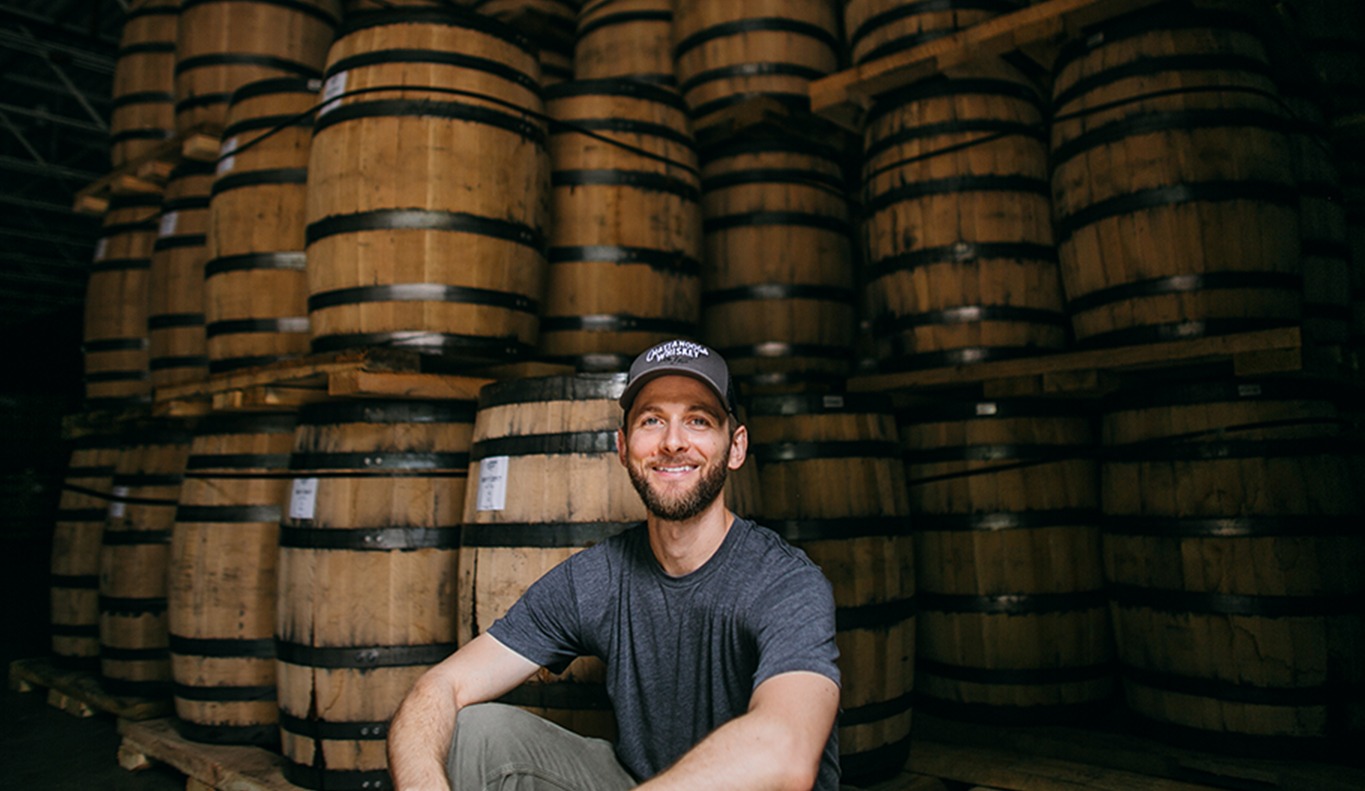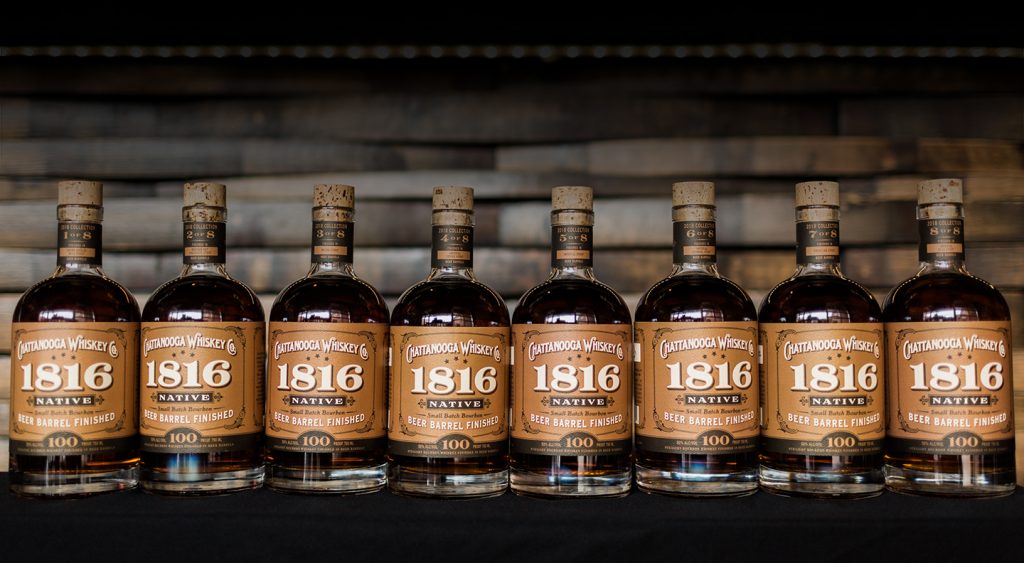
Distiller’s Notes Vol.10: Call It Practice
Being a Native of Indiana, it should come as no surprise that I like basketball. All Hoosiers like basketball! We Hoosiers like basketball so much in fact, we named our favorite basketball team after ourselves (which is still quite flattering, thank you very much).
While I’ve always liked to watch basketball, playing it’s another matter. The last time I was on an organized team was in middle school, and the result was nothing short of a disaster. The first glaring problem: my height. My parents were short, their parents were short and in the race to puberty, I was in last place.
One bigger problem: I hated to practice. That is, practice anything except for my 3 point shot. Being my coach had to be frustrating – watching me put on a jersey and buzz around the floor, with little regard for his schemes and play calling. Sure, I saw his clipboard full of plans, but by the time the ball reached my hands, I’d already visualized the sound and glory of a long, sweeping Hail Mary through the nylon net. The choice was always clear: shoot it!
Within minutes of our first practice, I remember coach blowing the whistle and shaking his head in disappointment. This was not going to be the Lion’s best season. In fact, it was sure to be our worst. Coach could’ve (and should’ve) reserved me a permanent spot on the bench, but for some reason, kept letting me play. Maybe he thought my speed would get me an open look. Maybe he thought that open look would lead to a basket. And maybe that basket would give us both the sense of accomplishment he needed to justify benching me for the rest of the season. Unfortunately, none of that happened, and the result was even worse than either of us could’ve expected. I scored zero points that season. Zero. And by the time I realized that practicing might actually be worth the effort, the season was over and I was left with one stinging realization: I sucked.
Still, I’ve always liked watching the game, and being a Hoosier, it should come as no surprise that my first basketball hero was the great Larry Bird. Larry Legend. Number 33. Unlike me, Larry’s approach to practice was obsessive. He ran 2-3 miles before and after every game, shot hundreds of free throws a day and only stopped practicing a shot if he stopped missing.
“When I went to work out, if I went in and hit everything, I just left”, Bird at one point said. “You run around shooting from different areas. If you hit, I don’t know, 300 out of 350 or something like that, that was good. But some days I’d go in and hit 94 out of 100, and that’s when I’d just quit.”
Simply put, the only thing that seemed to bore Larry was his own success. So much so, that during the 1986 season, after the team had won 18 of their last 20 games, Bird announced he was going to switch things up, and play with his “off” hand.
“Tomorrow night’s the last game of the trip, I’m going to play this one left-handed, at least through three quarters.” Bird ended up with 47 points and a triple-double in what would be one of his greatest games – not for the result – but rather, the practitioner-like method that got him there. Looking back, Larry recalls, “I don’t know if I practiced more than anybody, but I sure practiced enough. I still wonder if somebody – somewhere – was practicing more than me.”
It’s hard to not cheer for a guy who practiced and played as hard as Larry. So that’s what I did, until one particular moment in 1990, when I watched his veteran Celtics take on the up-and-coming Michael Jordan and his Chicago Bulls. As usual, my family (and the rest of Indiana) was rooting for Larry and the Celtics. I on the other hand, had been saving my lawn mowing dollars for a pair of Jordan Vs, and felt compelled to root for the Bulls. Territorial and emotional obligations aside, I’d yet to declare my fan status as of tip-off. No reason to ruffle any feathers.
By the second quarter, Michael was on fire and I was beginning to feel my fists clench with every time he touched the ball. And then, I saw them gliding through the air: the shoes. MJ didn’t just have the skill, but the style to go with it. That settled it. By the end of the game, my Dad and I were trading insults, and trash talking with every one of Jordan and Bird’s baskets. By the final minutes, it felt like the two of us were battling on the Garden’s parquet floor, one-on-one. Number 23 was officially my guy.
Michael’s approach to practice – unlike Birds – was less methodical and more cutthroat. At times, his practices were even more intense than the games. Jordan recalled, “Every day in practice, was like [a competition] to me. So when the game comes, there’s nothing that I haven’t already practiced. It’s a routine.”
But there was more to it. Michael notoriously wanted to compete at everything, and practice was just another opportunity to do that. As his teammate BJ Armstrong once pointed out, Jordan’s style even extended to after-hours card games.
“Everyone heard of our famous card games,” said Armstrong. “Why did they last forever? Because Michael never loses. Whatever he’s doing, he’s going to win because he’s going to keep on playing.”
So, if you wanted to beat Michael at a game, you might have to give him a time limit. Let’s say 48 minutes. Good luck with that.
By 1997, Michael and the Bulls were gearing up for their fifth championship run and I – like everyone else – had come to expect nothing short of sustained perfection. Meanwhile, Michael had begun to see new competition rise from the high school and college ranks; a new breed of players, built from his own, endless stack of highlight reels. One of MJ’s biggest fans in fact, was the great Allen Iverson who, in his late rookie season, had an opportunity to finally practice one of his signature moves on his idol.
“I remember that play vividly because Michael Jordan was my hero,” Iverson said. “I remember, I came off a screen or something, and I heard (Bulls coach) Phil Jackson say his name, called him to switch out on me. All I saw was him. I just backed up, and I gave him a little one, and he went for it, and I was like, ‘I got his ass now.’”
And he did. Moments after giving Michael a taste of his cross, Iverson then gave him the real one, and quickly left the greatest player alive a full step behind, and watching with the rest of us, as the ball floated through the net. At that moment, I realized the fate of my hero, and every hero: replacement.
Iverson was certainly no Jordan, but he was the Answer to him. By the time Michael left the game, most NBA fans either found themselves appreciating AI’s grit and realness, or wishing MJ was still around. For years, I was in the latter group. No one would eclipse Michael. But looking back – I miss his number 3. Pound for pound and inch for inch – he was the greatest player I’d ever seen. Go ahead and disagree. The guy had 4 inches on yours truly and somehow managed to cross the GOAT, straight out of his underpants. Think about that.
Sadly, with no championships, what do we all remember Iverson for? His rant on practice. 22 times he said it. “Apparently he doesn’t like practice”, we thought. Eventually, though, we realized there was more to it: he’d recently lost a friend; just suffered an early playoff exit; was coping with the idea of being traded from the team who drafted him. But looking back, I think it went deeper. Read between the lines, and “We talking about practice?” now sounds more like “What’s important to you?”. For Allen, the answer to that question was clear – it was always about the game. He didn’t have to cross once and make it perfect. He could cross you once for practice and then cross you again, for real. His practice was the game itself.
A Sycamore playing for the Celtics in Boston; a Tar Heel from New York playing in the Windy City; a Hoya from Virginia playing in Philly. 3 all-time greats with 3 completely different approaches to their practice. No matter who they played for or where they were from, each of them revealed a similar, but the somewhat obvious truth: there’s no practice without the game and there’s no game without the practice.

Which reminds me of a saying we have around here: “Great Whiskey comes from Great Beer”. This saying has always been one my favorites, because it focuses on the approach, rather than just the results. Sure, there’s something to be said about winning and the triumphant feeling of victory – that’s why we play, right? But if you don’t honor the process and fundamentals that led you to those moments, the game loses its fire, and its purpose. And what’s the fun in that?
So here we are: 8 breweries and 1 distillery, playing the same game and standing proudly next to our whiskeys and beers, all together at once. If I had to guess, I’d say that the pride and joy we feel for each other’s success is not so much rooted in what team we play for or where we’re all from, but rather the empathy for the effort that it took us to get here. So rather than call this a collaboration, or a whiskey project, or a beer project, or something else…
Let’s just call it what it is: a practice.

